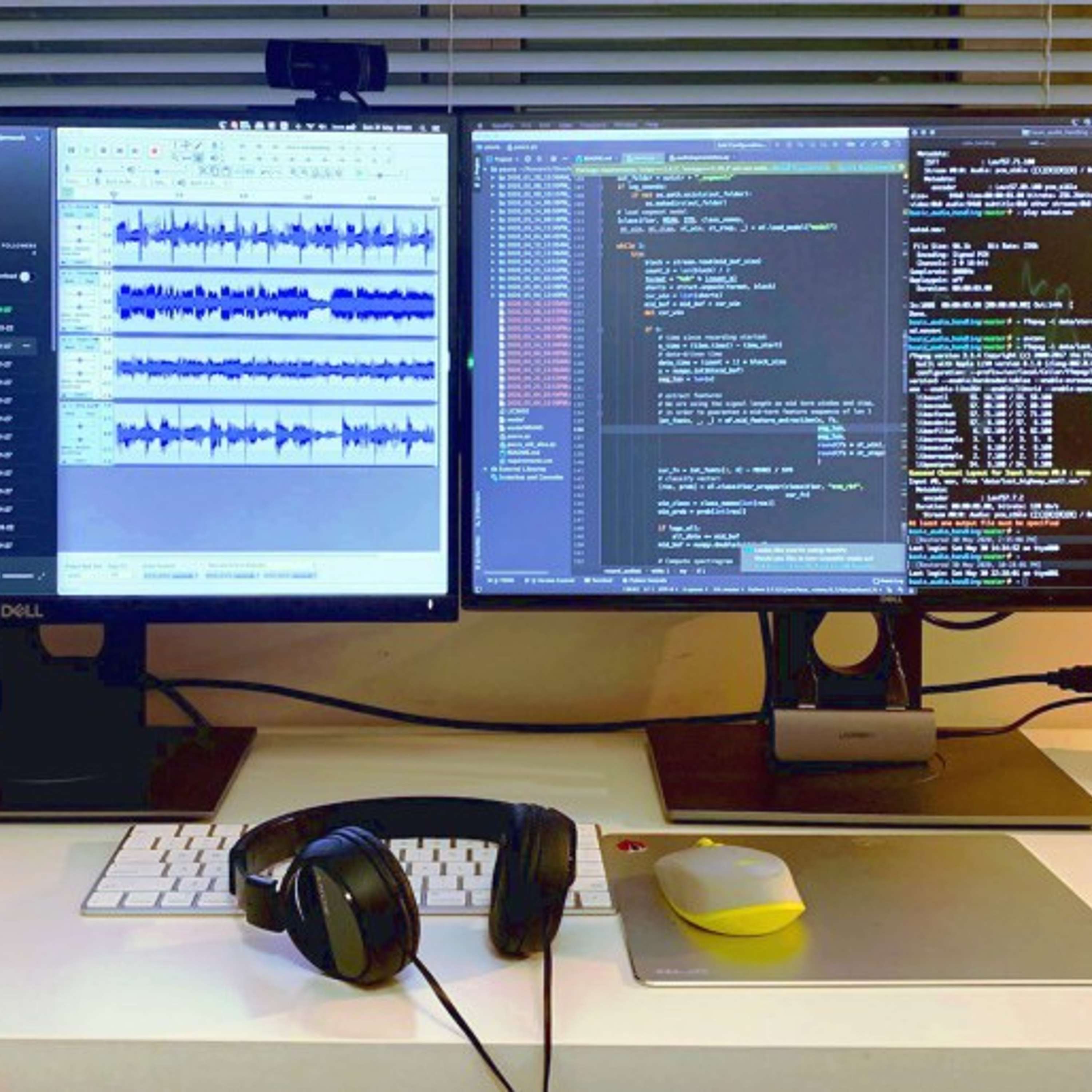
Audio Handling Basics: Process Audio Files In Command-Line or Python
2024/4/21

Machine Learning Tech Brief By HackerNoon
Frequently requested episodes will be transcribed first
Shownotes Transcript
This story was originally published on HackerNoon at: https://hackernoon.com/audio-handling-basics-how-to-process-audio-files-using-python-cli-jo283u3y).
Like my articles? Feel free to vote for me as ML Writer of the year here.
Check more stories related to machine-learning at: https://hackernoon.com/c/machine-learning).
You can also check exclusive content about #machine-learning), #audio), #python), #python-programming), #digital-signal-processing), #speech-recognition), #technology), #hackernoon-top-story), #hackernoon-es), and more.
This story was written by: [@tyiannak](https://hackernoon.com/u/tyiannak)). Learn more about this writer by checking [@tyiannak's](https://hackernoon.com/about/tyiannak)) about page,
and for more stories, please visit [hackernoon.com](https://hackernoon.com)).
Audio Handling Basics: Process Audio Files In Command-Line or Python. This article shows the basics of handling audio data using command-line tools. It also provides a not-so-deep dive into handling sounds in Python. The two basic attributes of sound are amplitude (what we also call loudness) and frequency (a measure of the wave’s vibrations per time unit) We use the sampling frequency (fs = 1/Ts) as the attribute that describes the sampling process.